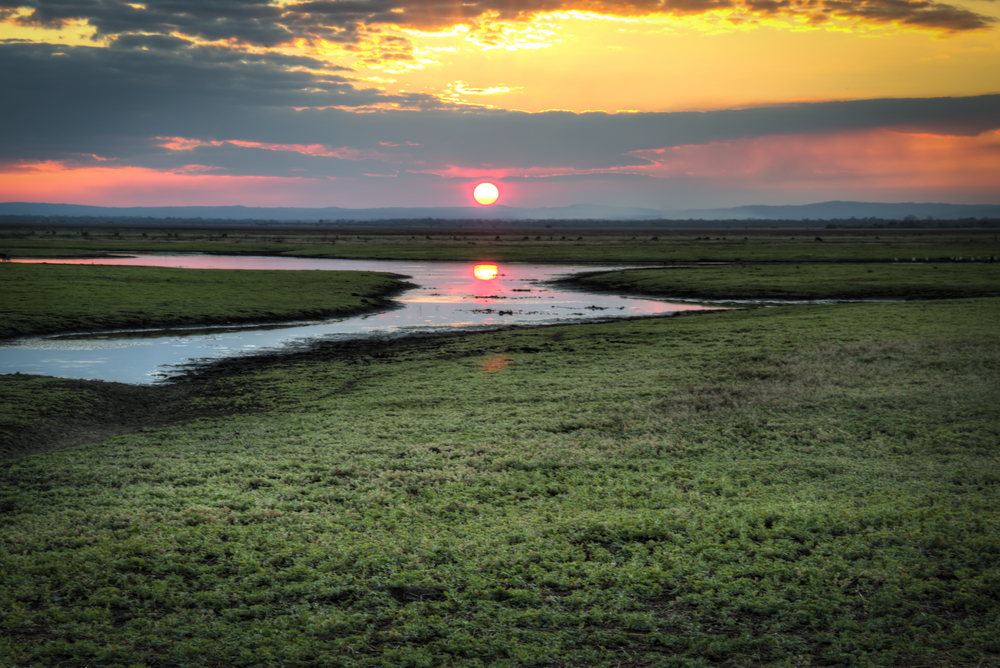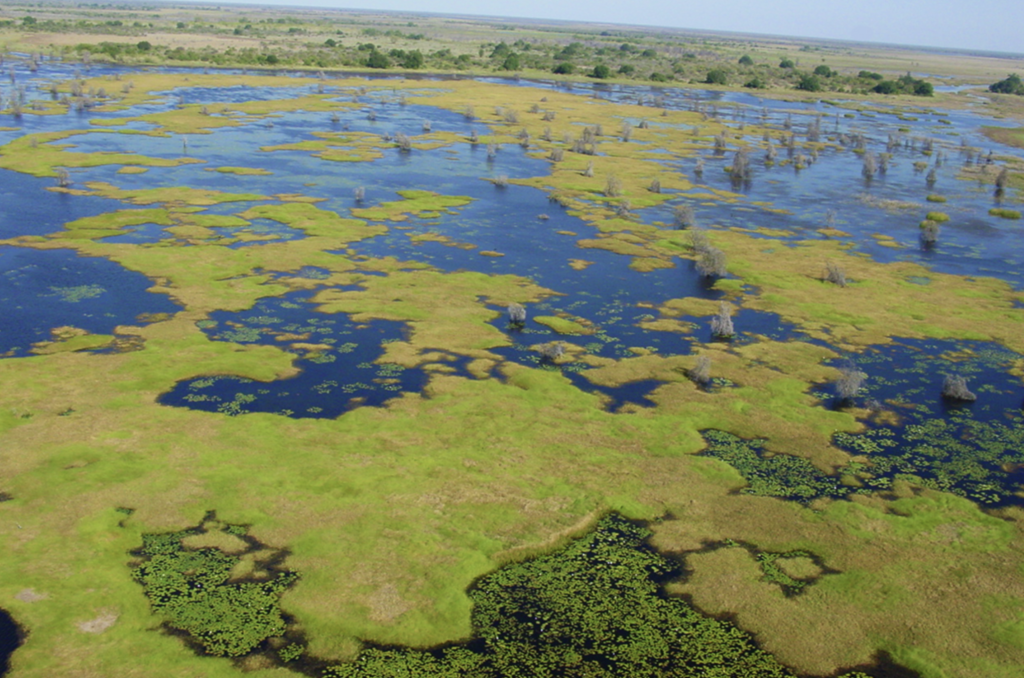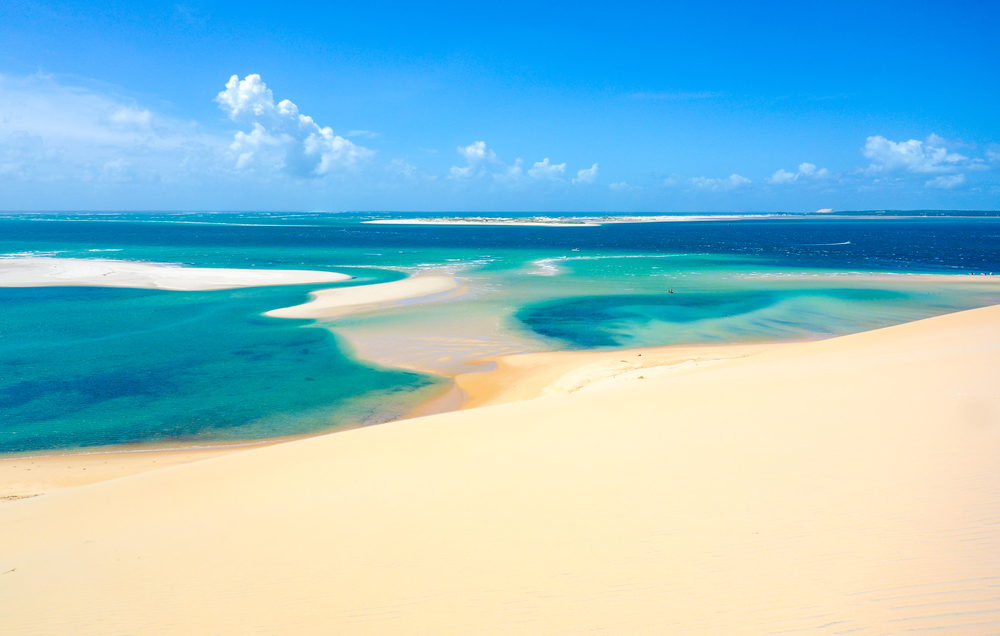Gorongosa Overview
Gorongosa National Park, locally known as “Parque Nacional da Gorongosa,” is a flagship conservation area in central Mozambique, located at the southern end of the Great Rift Valley in Sofala Province. Covering approximately 4,067 square kilometers (1,570 square miles), it is one of Africa’s most biodiverse and ecologically significant parks. Established in 1960, Gorongosa is renowned for its stunning landscapes, rich biodiversity, and ongoing restoration efforts, which have positioned it as a global model for conservation.
The terrain of Gorongosa National Park is remarkably varied, encompassing savannas, woodlands, grasslands, and wetlands, as well as the rainforest-clad slopes of Mount Gorongosa, which rises to 1,863 meters (6,112 feet). The park’s centerpiece is Lake Urema and its surrounding floodplains, which provide critical water sources for wildlife. Seasonal rivers, including the Vunduzi and Mussicadzi, traverse the park, supporting its lush vegetation and diverse ecosystems. The park’s mosaic of habitats is a haven for both flora and fauna, creating a dynamic and visually captivating environment.
Gorongosa is home to an impressive array of wildlife, including iconic African species such as elephants, lions, hippos, and crocodiles. Antelope species like waterbuck, reedbuck, and impala are abundant, while large herds of buffalo roam the floodplains. Bird enthusiasts will find the park a paradise, with over 400 recorded species, including the African fish eagle, crowned crane, and the rare green-headed oriole. Mount Gorongosa adds another layer of biodiversity, harboring endemic species of plants and amphibians. This diversity makes the park a crucial area for conservation and scientific research.
Visitors to Gorongosa National Park can immerse themselves in its natural beauty through a variety of activities. Game drives offer opportunities to see wildlife in their natural habitats, while boat safaris on Lake Urema provide a unique perspective of the park’s wetlands. Birdwatching tours cater to ornithologists and enthusiasts alike, showcasing the park’s vibrant avian life. Guided walks, including treks up Mount Gorongosa, allow visitors to explore the park’s landscapes more intimately and learn about its ecological significance. Community-based cultural experiences add depth to visits, offering insights into local traditions and the role of conservation in improving livelihoods.
Gorongosa’s history has been marked by challenges, including devastation from Mozambique’s civil war, which severely impacted its wildlife populations and infrastructure. However, extensive restoration efforts, led by partnerships between the Mozambican government and the Gorongosa Restoration Project, have achieved remarkable success. Initiatives include reintroducing species, protecting habitats, and involving local communities in conservation. Education programs and sustainable tourism have further contributed to the park’s resurgence, creating a model for conservation that integrates ecological and social goals.
Gorongosa National Park is a symbol of hope and resilience. Its extraordinary landscapes, diverse wildlife, and commitment to community-based conservation make it a must-visit destination for nature lovers and researchers. By preserving Gorongosa, Mozambique safeguards a vital part of its natural heritage and contributes to global efforts to protect biodiversity.












































































